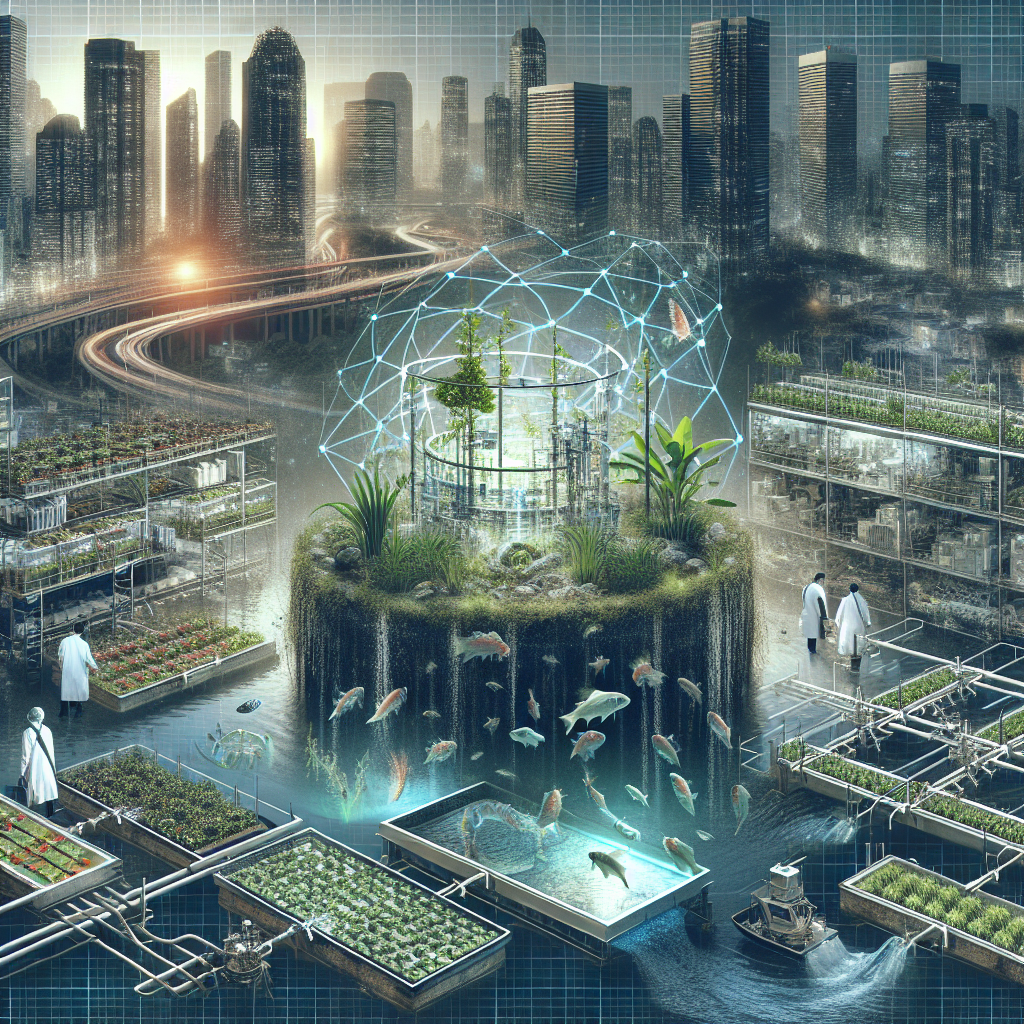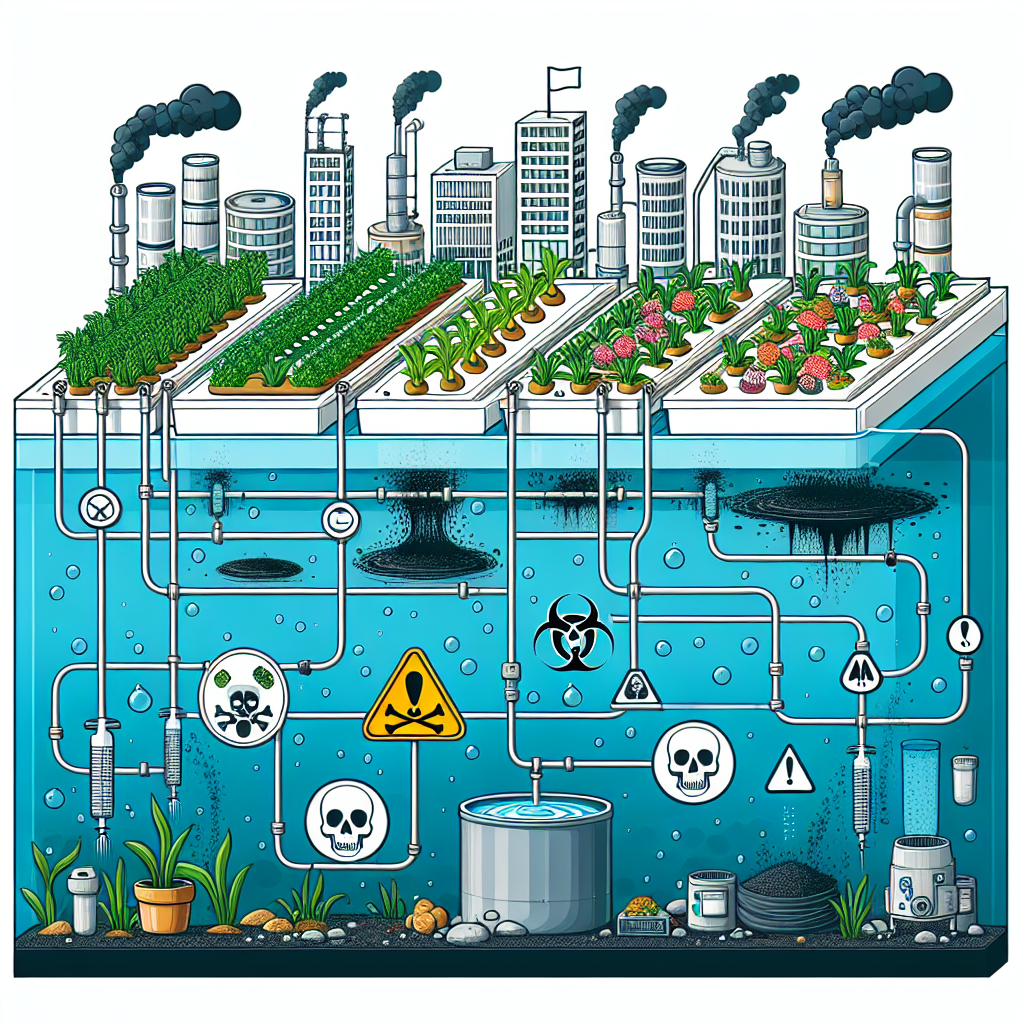
Urban aquaponics systems have gained popularity as a sustainable and efficient method of producing both fish and vegetables in urban environments. However, one of the biggest challenges in these systems is addressing the potential for contamination. This article explores the various strategies and practices that can be implemented to ensure the safety and purity of food produced in urban aquaponics systems. From monitoring water quality to implementing strict hygiene protocols, these measures play a crucial role in maintaining the integrity of this innovative farming technique.
Best Practices for Preventing Contamination in Urban Aquaponics Systems
Implementing Proper System Design and Installation
Proper system design and installation are fundamental steps in preventing contamination in urban aquaponics systems. By ensuring that the layout and construction of the system are well-planned and executed, you can minimize the risk of contamination at the very foundation of your aquaponics venture. This includes selecting appropriate materials that are safe for both the plants and fish, as well as implementing efficient filtration systems to maintain water quality.
Maintaining Proper Water Quality
Water quality is of utmost importance in urban aquaponics systems, as any contamination can easily affect both the plants and fish. Regular monitoring of water parameters such as pH, ammonia, nitrate, and dissolved oxygen levels is essential. Implementing proper filtration systems, such as biofilters, mechanical filters, and water sterilization methods, can help maintain optimal water quality and prevent contamination.

Implementing Biosecurity Measures
In order to prevent the introduction and spread of disease-causing organisms, it is crucial to implement biosecurity measures in your urban aquaponics system. This includes quarantining and testing new fish before introducing them into the system, as well as being cautious with the introduction of new plants or equipment. By practicing proper biosecurity, you can significantly reduce the risk of contamination and maintain a healthy and thriving aquaponics system.
Managing Waste and Nutrient Cycling
Proper management of waste and nutrient cycling is essential to prevent contamination in urban aquaponics systems. Fish waste and excess nutrients can accumulate in the system if not effectively dealt with, leading to poor water quality and increased risk of contamination. Implementing strategies such as solids removal, mineralization, and careful monitoring of nutrient levels can help maintain a balanced and healthy system.

Ensuring Proper Plant and Fish Health
The health of both the plants and fish in your urban aquaponics system plays a key role in preventing contamination. Diseased or stressed plants and fish are more susceptible to infections and can introduce pathogens into the system. It is important to regularly monitor and maintain the health of your plants and fish through proper nutrition, environmental conditions, and proactive disease prevention measures.
Minimizing External Contamination Sources
To prevent contamination in urban aquaponics systems, it is necessary to minimize external contamination sources. This includes taking preventive measures to avoid the introduction of pests, chemicals, or pollutants into the system. Implementing proper screening techniques, such as using fine mesh nets to prevent entry of insects or rodents, and ensuring that the system is located away from sources of pollution, can help reduce the risk of contamination.

Regular Monitoring and Testing
Regular monitoring and testing are crucial for maintaining the integrity of your urban aquaponics system. By consistently assessing water quality parameters, nutrient levels, and the overall health of your plants and fish, you can identify any potential issues early on. This allows you to take prompt action to address them and prevent contamination from spreading and compromising the success of your aquaponics system.
Implementing Pest and Disease Control Measures
Pests and diseases can quickly become a threat to the health of your urban aquaponics system and potentially introduce contamination. Implementing effective pest and disease control measures is vital in preventing their entry and spread. This can include using natural predators or organic pesticides for pest control and employing quarantine procedures and appropriate treatments for diseases. Regular vigilance and proactive management are key in ensuring a pest and disease-free environment.

Promoting Good Hygiene Practices
Maintaining good hygiene practices is essential to prevent contamination in urban aquaponics systems. This includes practicing proper hand hygiene, wearing clean and appropriate clothing, and disinfecting tools and equipment regularly. Additionally, ensuring that employees or individuals involved in the system are properly educated about sanitation and hygiene practices will further contribute to the prevention of contamination.
Proper Handling and Disposal of Contaminated Materials
In the event of contamination, it is crucial to have proper procedures in place for handling and disposing of contaminated materials. This can include isolating affected plants or fish, sterilizing equipment, and taking appropriate measures to prevent the spread of contamination within the system. Disposal of contaminated materials should be done following local regulations and guidelines to minimize any risk of further contamination.
In conclusion, addressing the potential for contamination in urban aquaponics systems requires a comprehensive approach. Implementing proper system design and installation, maintaining optimal water quality, implementing biosecurity measures, managing waste and nutrient cycling, ensuring plant and fish health, minimizing external contamination sources, regular monitoring and testing, implementing pest and disease control measures, promoting good hygiene practices, and proper handling and disposal of contaminated materials are all important best practices to prevent and mitigate contamination in urban aquaponics systems. By following these guidelines, you can maintain a safe and thriving aquaponics system that provides nutritious produce and fish while minimizing the risk of contamination.








